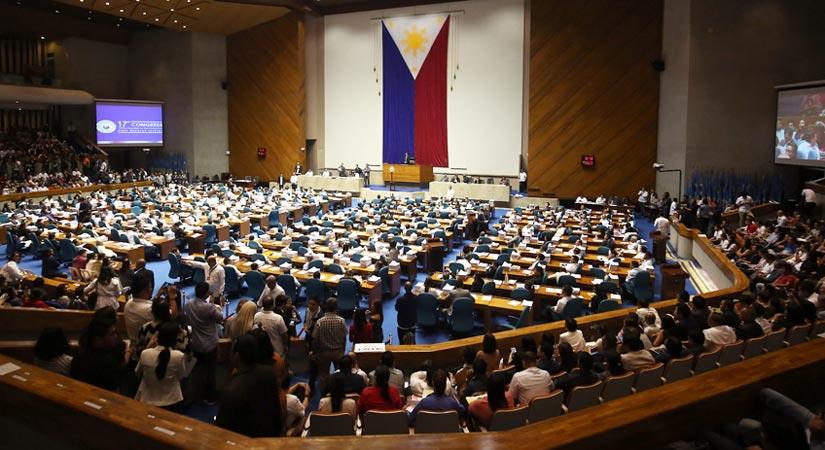
PROPOSED spending measures laid out in the stimulus bill currently in Congress will increase the budget deficit as a proportion of Gross Domestic Product (GDP) to about 6.5%, more than double the level considered prudent, a former socioeconomic planning secretary said.
“The new House Bill being proposed also plans to expand the budget deficit and fatten the public debt. The safe zone of 3.2% as the deficit to GDP ratio has been exceeded and current estimates from technical papers backing the bill estimate (the deficit at) about 6.5%. Such a number breeches the traditional stability standards set by the economic managers and we don’t really want more macroeconomic shocks that could be really harmful for the economy,” according to economist Dante B. Canlas, who headed the National Economic and development Authority (NEDA) for part of the former president Gloria Macapagal Arroyo administration.
He was speaking Monday at a webinar hosted by the University of the Philippines, Ateneo de Manila University and the Philippine Economic Society.
Mr. Canlas called on the Department of Finance, Bureau of Treasury and the Bangko Sentral ng Pilipinas to “play a big role in formulating the strategy” for financing the budget deficit and in “exiting post-COVID from the increasing public debt.”
In a Viber message to BusinessWorld, Marikina Representative Stella Luz A. Quimbo, who co-chairs the House’s Defeat COVID-19 committee economic stimulus cluster, said many countries are currently accommodating higher deficits to fund measures to revive their economies, citing the United States with a deficit equivalent to 10.3% of GDP; Malaysia with 15.9%; and Thailand with 5.9%.
Ms. Quimbo said that the bill’s proposed interventions through increased government spending will translate to expanded output with a multiplier effect of “at least 1.5.”
“We are trying our best to anticipate implementation challenges so all planned assistance can be actualized, including identifying innovative ways of disbursing assistance to workers and firms using digital solutions. This way, as spending is increased, output expands more, so the deficit-to-GDP ratio can be controlled,” she said.
Meanwhile, Ateneo School of Economics professor Alvin P. Ang urged legislators to allocate some of the funds to support business retrofitting and repurposing.
“In the offices and the factories, even if you open up everything…how do you make sure the new normal allows for work to be continuous and unhampered (while) ensuring health standards. In that particular context, retrofitting and repurposing might be necessary,” he said adding that financing needs to be directed to micro, small and medium enterprises “to help them readjust and repurpose.”
First Pacific Company Ltd. Managing Director and Chief Executive Officer Manuel V. Pangilinan recommended creating a national supply chain blueprint to address food security concerns encountered during the pandemic.
“We don’t have a national supply chain blueprint. We have to understand where the food is coming from… the raw materials and the logistics that bring the food to the marketplace. So in case something does happen, the government is able to track. It is very interesting to know that most of our food is actually imported. In a crisis like this, aside from health, food is the next most important thing,” he said.
 Philippine Economic Society (PES)
Philippine Economic Society (PES)